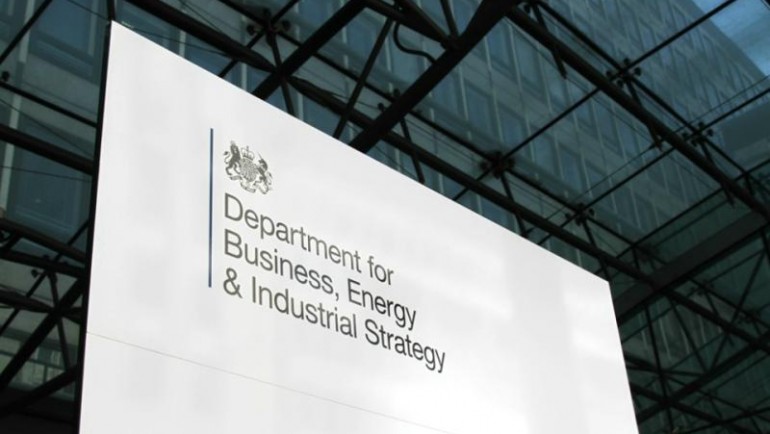AgilityEco's summary response to the ECO consultation
Our analysis suggests BEIS has been too cautious and overestimated the obligation cost by nearly £190m per annum
As many of you already know, the government is currently consulting on the future of the Energy Company Obligation (ECO) which will run from October this year to until March 2022. You can find a copy of the consultation here. The consultation closes this Sunday (29th April). AgilityEco is delighted to have the opportunity to respond to this very important government consultation on the future of ECO and would like to share with you a summary of our proposed response.
ECO is the key government policy in tackling a problem that we encounter every day in our business – many of Britain’s fuel poor and vulnerable residents are living in our coldest, dampest and most unhealthy homes. The ECO regulations which will be put in place following this consultation should create a welcome period of stability, covering the period from October 2018 to March 2022, so the government must get the details right. We believe the ECO3 proposals set out in the consultation are very sensible and strike a good balance between ambition and cost.
We particularly welcome:
- the move to 100% of the obligation being focused on the “affordable warmth” category
- the expansion of the “Flexible Eligibility” mechanism
- the inclusion of innovative measures
- the extension of support for broken and inefficient boilers.
However there are five key concerns that AgilityEco has identified, which we suggest government considers in the final regulations:
- Alongside the consultation document itself, BEIS has published the accompanying Impact Assessment (IA). This sets out BEIS’ assumptions in relation to the cost of the policy to energy bill-payers. Our analysis suggests BEIS has been significantly over-cautious in its cost assessment. We are certain that a more realistic assessment of costs would enable more stretching targets to be set within the “spending cap” of £640m per annum – we believe the obligation cost has been overestimated by ~£190m per annum (30%), or£670m over the 3.5 year term of ECO3. We also note that the IA lacks detail, which makes it difficult to “unpick” the analysis properly – we urge BEIS to provide further details of the cost assumptions.
- We support energy suppliers having flexibility on delivery profiles, but are concerned that with a 3.5 year scheme, some suppliers may be tempted to adopt a very stop-start approach, taking an “ECO holiday” depending on energy retail market conditions. This in turn could result in a market hiatus from time to time. We suggest government incorporate checks and balances into ECO3 which, whilst stopping short of forcing compliance to be phased equally (which would impose cost and reduce flexibility for suppliers), would incentivise suppliers to keep some level of consistency in delivery profile.
- We are excited by the proposals to incorporate new delivery mechanisms for energy efficiency measures through both increased local authority Flexible Eligibility and Innovation. We support the increase to a maximum of 25% of the obligation being delivered through Flexible Eligibility, but would urge caution, based on experience, in relation to the cap on Innovation measures, and suggest that the Innovation cap is initially set at 10%, with scope to increase this cap later in the scheme.
- We welcome the proposals to support replacement of broken and inefficient boilers. In order to ensure that replacement of broken boilers go to those most in need (not those with the highest LTS scores, which our evidence suggests may tend to be less in need), we propose strong evidence requirements are introduced to ensure “broken boilers” really are beyond economic repair. The bar may also be set too low on inefficient boilers – particularly where a loft top-up from 150mm to 250mm can be used as an accompanying measure.
- We strongly believe that ECO should continue to provide a reasonable level of support to solid wall insulation measures, given the 8 million solid walled homes that have largely been untouched by previous obligations, and the high proportion of fuel poor and vulnerable customers that live in these homes. More reasonable cost assumptions (see above) would enable the “SWI Minimum” to be comfortably kept at or above its current level of 21,000 homes per annum rather than the reduced target of 17,000 per annum proposed in this consultation. This target should only apply to solid wall insulation measures, rather than allowing a mix of other measures to be applied to solid walled homes.“D” rated social housing properties should also be eligible for support, alongside E, F and G in relation to solid wall insulation measures.
We urge all our partners to respond to this important consultation as soon as possible and you may wish to consider some or all of the points above in your response. Please contact us if you would like any further clarification or guidance.
